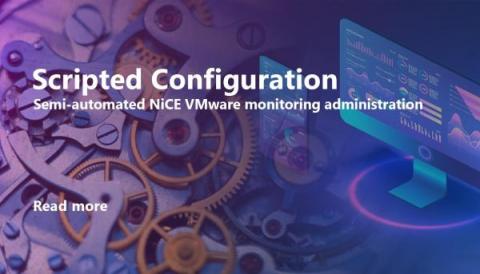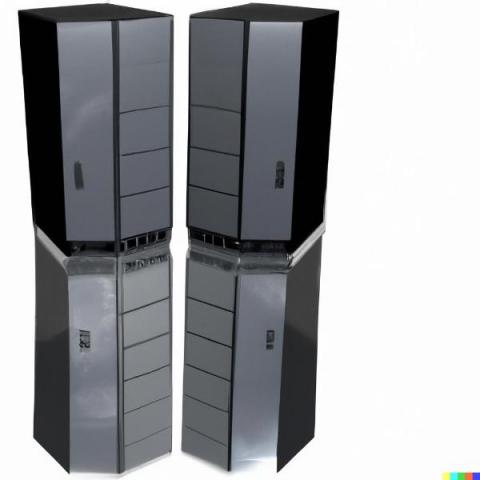Guide on migrating VMware VMs to Microsoft Azure
With the surge in digitization, the concept of cloud migration has become a fundamental reality for many organizations. VMware, a widely accepted leader in server virtualization, has enabled many businesses to take advantage of virtual machines’ benefits. However, as businesses evolve, so do their requirements. This often leads to the need for moving these VMware-based virtual machines to more flexible and scalable platforms like Microsoft Azure.











